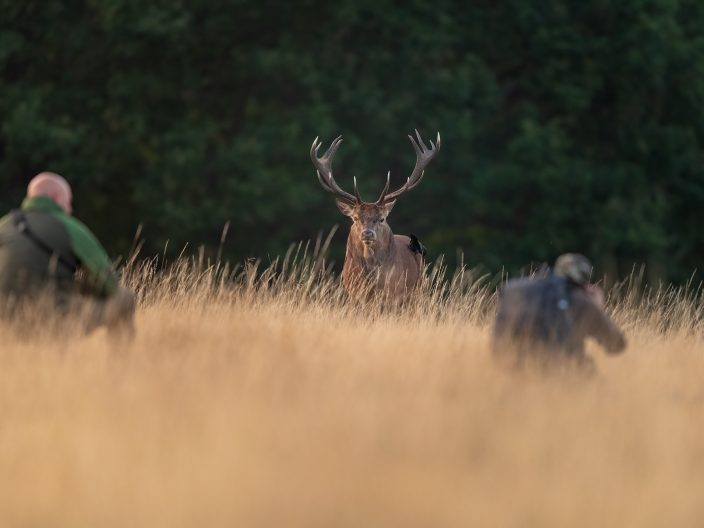Little Owl

Scientific name: Athene noctua
Intro: The UK’s smallest breeding owl, the little owl has a stern expression, full of character. It was first introduced to the UK in the 1800s. Look out for them in trees overlooking grassland, from which they swoop to catch small prey with their sharp talons.
- Bird family: Owls
- Length: 21-23cms
- Wingspan: 54-58cm
- Weight: 140-220g
- Average lifespan: 18yr’s
- Population (UK): 5,700 pairs
About
The little owl has piercing yellow eyes. It is flat-headed in appearance with no ear tufts. It is overall brown in colour with pale and white blotches, the wings are rounded and move with rapid wingbeats.
Although mainly nocturnal, the little owl can be spotted in the day hunting invertebrates (especially worms), small mammals, reptiles, amphibians and small birds.
It is often seen perched on a telegraph pole, an old parkland tree, along a hedgerow or on a rock; from these positions it quietly scans the ground for prey. When it spots something, it swoops down and catches its victim with either its claws or beak.
Conservation and Distribution
The little owl can be found in England and Wales, with a few in southern Scotland. It likes lowland farmland with hedges and copses, parkland and orchards. Most common in central, southern and southeastern England and the Welsh borders.
The UK's little owl population is in decline, having fallen by 24% since 1995. While it is unclear why the species is declining, some suggest it may be due to more intensive farming methods.
Little Owl Facts
- In Greek mythology, the little owl is connected to Athena as well as her Roman counterpart, Minerva
- Many little owls in the UK are thought to originate from introductions in Kent and Northamptonshire during the late 19th century.
- Little owls can resonate several kilometres on a still night. Adult little owls can make over 20 different vocalisations, including their shrill ‘goooek, goooek’ and ‘kweew, kweew’ sounding calls
- Breeding usually starts at the end of April and they will lay between two to five eggs
- An adaptable bird, the little owl can nest in many locations, from holes in trees, cliffs, buildings… even the ground. They have been known to nest in rabbit burrows on rare occasions
Found this helpful? I have other blog posts regarding nature and wildlife photography. So, check them out as well!







